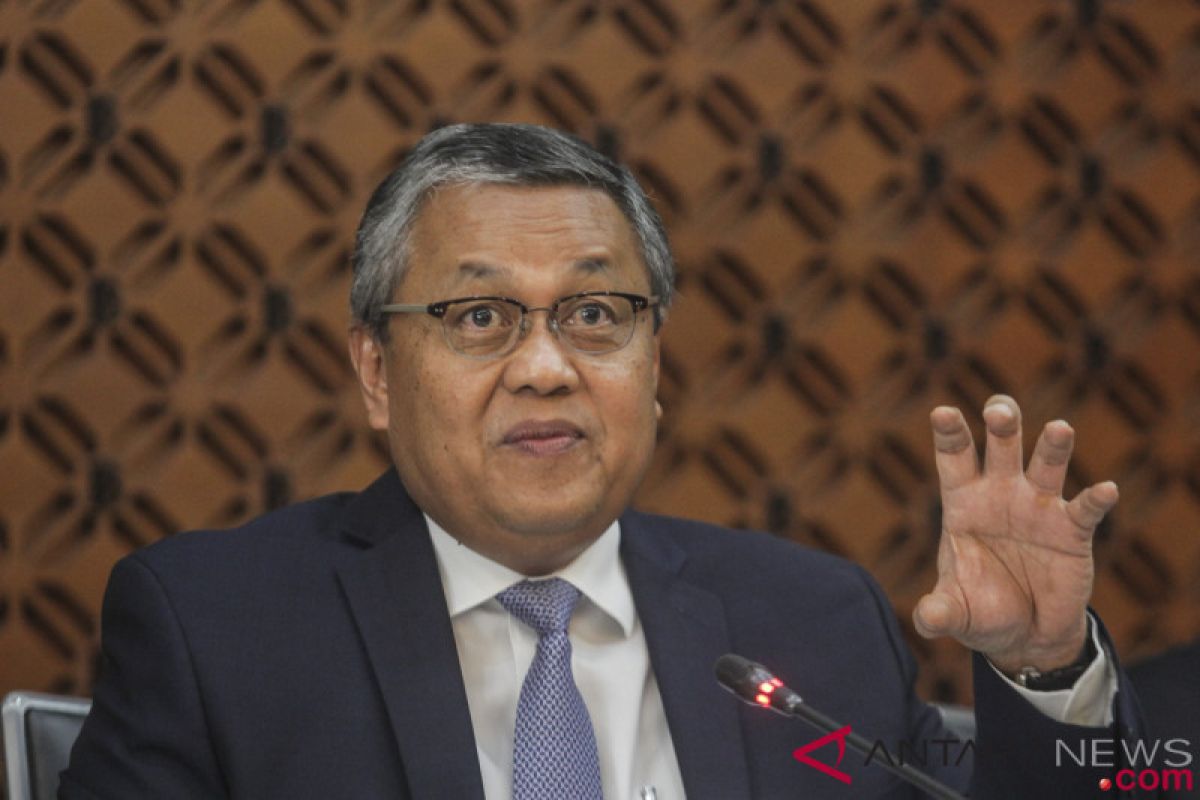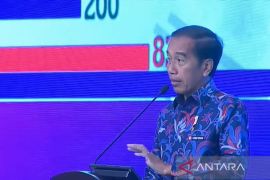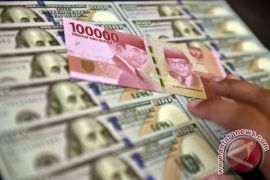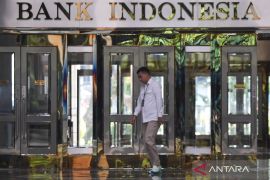However, the increase in the benchmark interest rate is a necessity to cushion the impact of the global financial turbulence, that could trigger capital flight, economist Adrian Panggabean said in a recent discussion.
In addition the increase in the benchmark interest rate could help cover the hole of the current account deficit, Adrian said.
"Volatility in the financial market as a result of insufficient liquidity would continue through 2019," said the chief economist of PT. Bank CIMB Niaga Tbk.
The growth prediction of 4.9 percent is lower than Bank Indonesia`s prognosis of more than 5.1 percent in 2019.
Adrian saw that the market players could understand that the aggressive steps taken by Bank Indonesia in raising the benchmark interest rate in the past six months were merely to keep the current account deficit under control and to draw foreign capital to be invested in rupiah denomination assets.
However, the step undoubtedly would put a brake on economic growth, he went on to say.
"Our current account deficit indeed causes concern. Therefore, Bank Indonesia, is forced to raise its benchmark interest rate. It certainly would drag down growth, but it also is needed to curb imports," he said.
In the last six months of 2018, Bank Indonesia already raised its 7-Day Reverse Repo Rate by 1.75 percentage points to 6 percent, a move seen as a "preemptive step ahead of the curve" by the monetary authority.
In the not too long time to come, the interest rate of financial instrument particularly long term ones, would also increase triggering a fall in liquidity in the domestic financial system.
Seeing the stance of the Central Bank which still maintains the "preemptive" and "ahead of the curve" principle, Adrian predicted that the benchmark interest rate could still go up to 6.5-6.75 percent until the end of 2019. Investors, then would seek own zone of convenience by adjustment in investment as the yield of 10-year government bond is expected to rise to 8.5 percent by the end of 2019.
As is the pro-stability policy and the fiscal policy in 2019 also would not be expansive because of the low tax revenues, Adrian said.
"This also is a consequence of the low tax ratio, which was then accentuated by the effects of interest rate policy in seeking to prop up rupiah which would result in the weakening of the real sector," he said.
With economic growth estimated at 4.9 percent, inflation in 2019 is predicted to be less than 3.5 percent year-on-year.
Meanwhile rupiah is predicted to hover around 14,400-15,200 per U.S. dollar. With such wide range of exchange rate of 800 points, the volatility of rupiah would likely be high.
Bank Indonesia Governor Perry Warjiyo said the impact of increase in its benchmark interest rate would be offset by four types of policy ammunition to push economic growth.
"There is one bitter herb of interest rate, but there are for sweet herbs to drive economic growth," Perry said.
The four sweet herbs referred to by Perry include the policy to deepen financial market to increase alternative instrument in financing, policy to maintain banking liquidity to encourage banks to extend credits, Central Bank micro-prudential relaxation policy and digitalization policy in payment system to increase public consumption involving small and medium enterprises and tourism.
Reporting by Indra Arief Pribadi, Albert Saragih
Editing by Sri Haryati
Reporter: Antara
Editor: Andi Abdussalam
Copyright © ANTARA 2018










